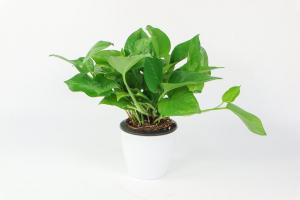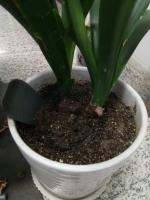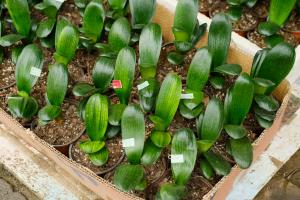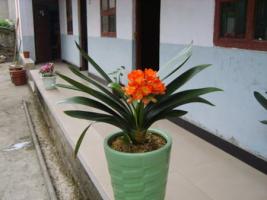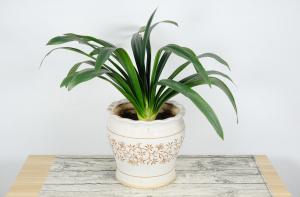Soil requirements
The basin soil for cultivating Clivia is best to use forest rotten leaf soil mixed with a certain proportion of coarse sand. This kind of culture soil has fertile and loose soil, good air permeability and water permeability, and is conducive to root cultivation. Where there is no such basin, soil can be taken locally
For example, in Guangzhou, pond mud, broken bricks and charcoal can be used as basin soil for cultivation, and the effect is also very good. However, no matter what kind of pot is used, it should have strong air permeability and water permeability
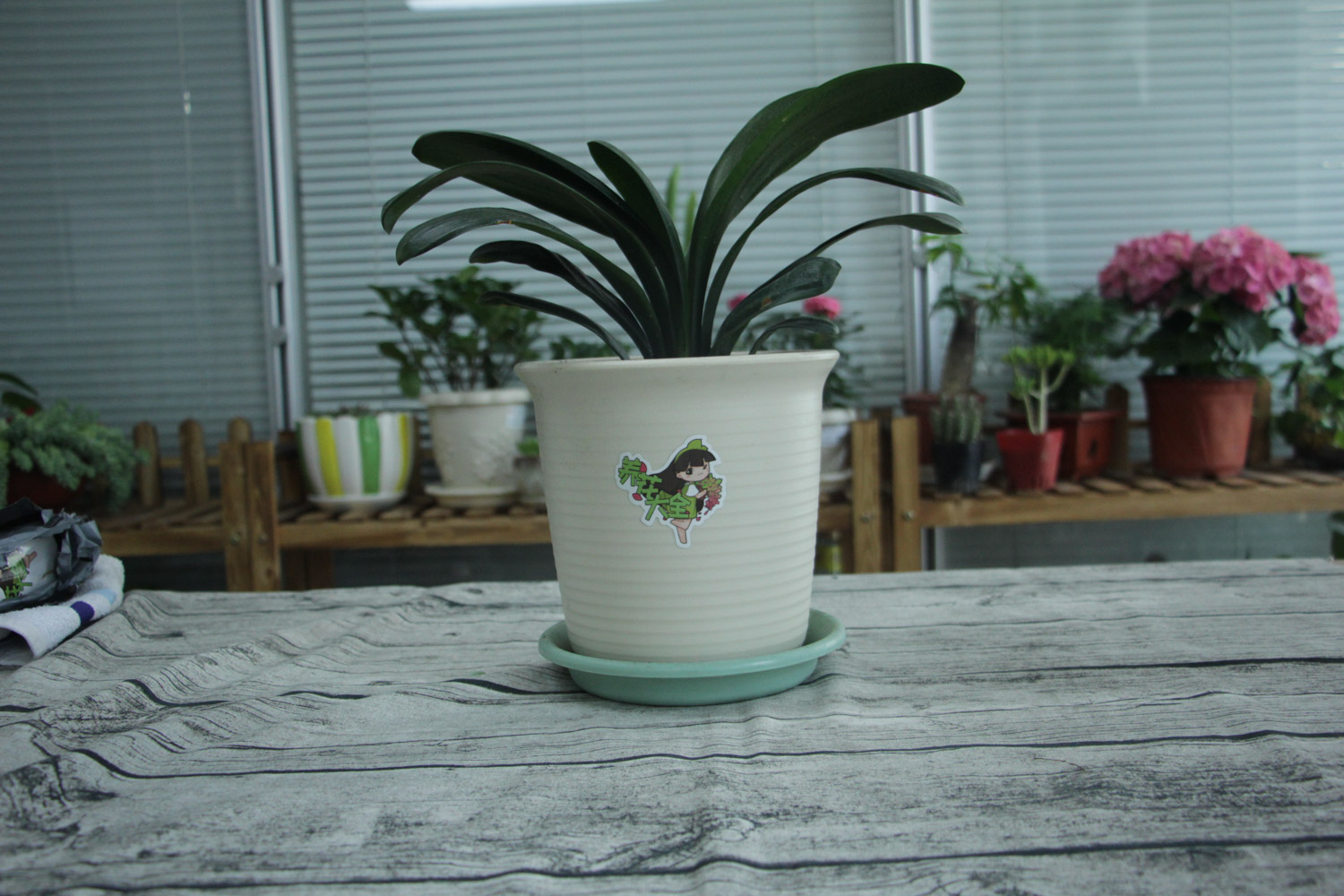
Temperature requirements
Compared with the north, the favorable condition for cultivating Clivia in the south is that the temperature is high. Where the minimum temperature is 5 ℃ - 0 ℃, it can not only be potted indoors, but also be cultivated in the open air in the courtyard. It is not necessary to heat Clivia in winter as in the northeast
Especially in the southern coastal areas, the natural conditions are better, the air is humid, the climate is pleasant, there is no severe cold in winter and no intense heat in summer, which is very suitable for the growth of Clivia
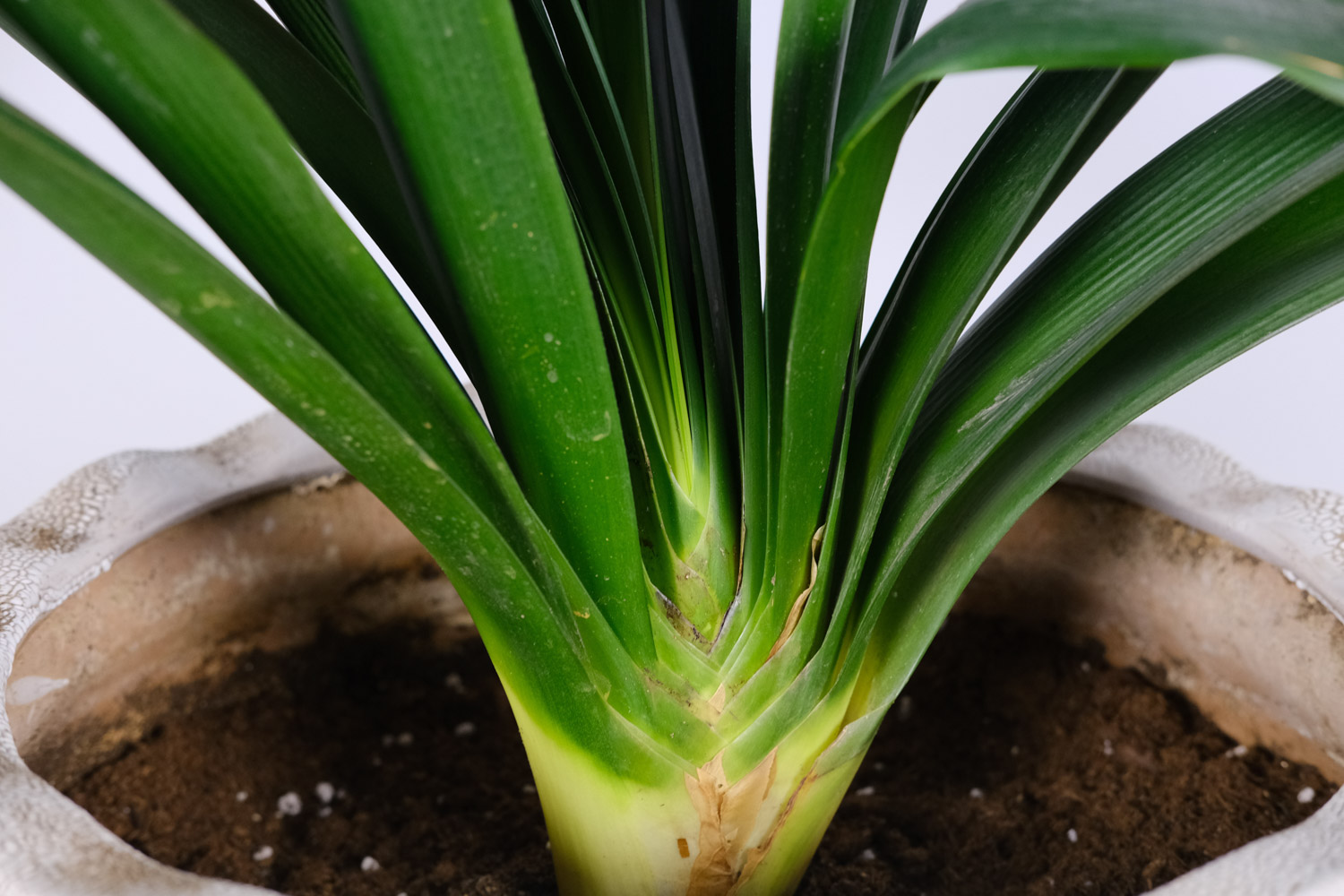
Fertilization method
Clivia is a fertilizer loving flower. Fertilization should also be based on the principle of local materials. Sufficient nitrogen, phosphorus, potassium and other trace elements can be supplied according to the needs of Clivia plant growth
Fertilizer should be mainly applied with plant fertilizer, such as peanut cake, soybean cake, sesame paste residue, etc., and animal fertilizer should be applied as little as possible to keep its leaf layer fresh and tender
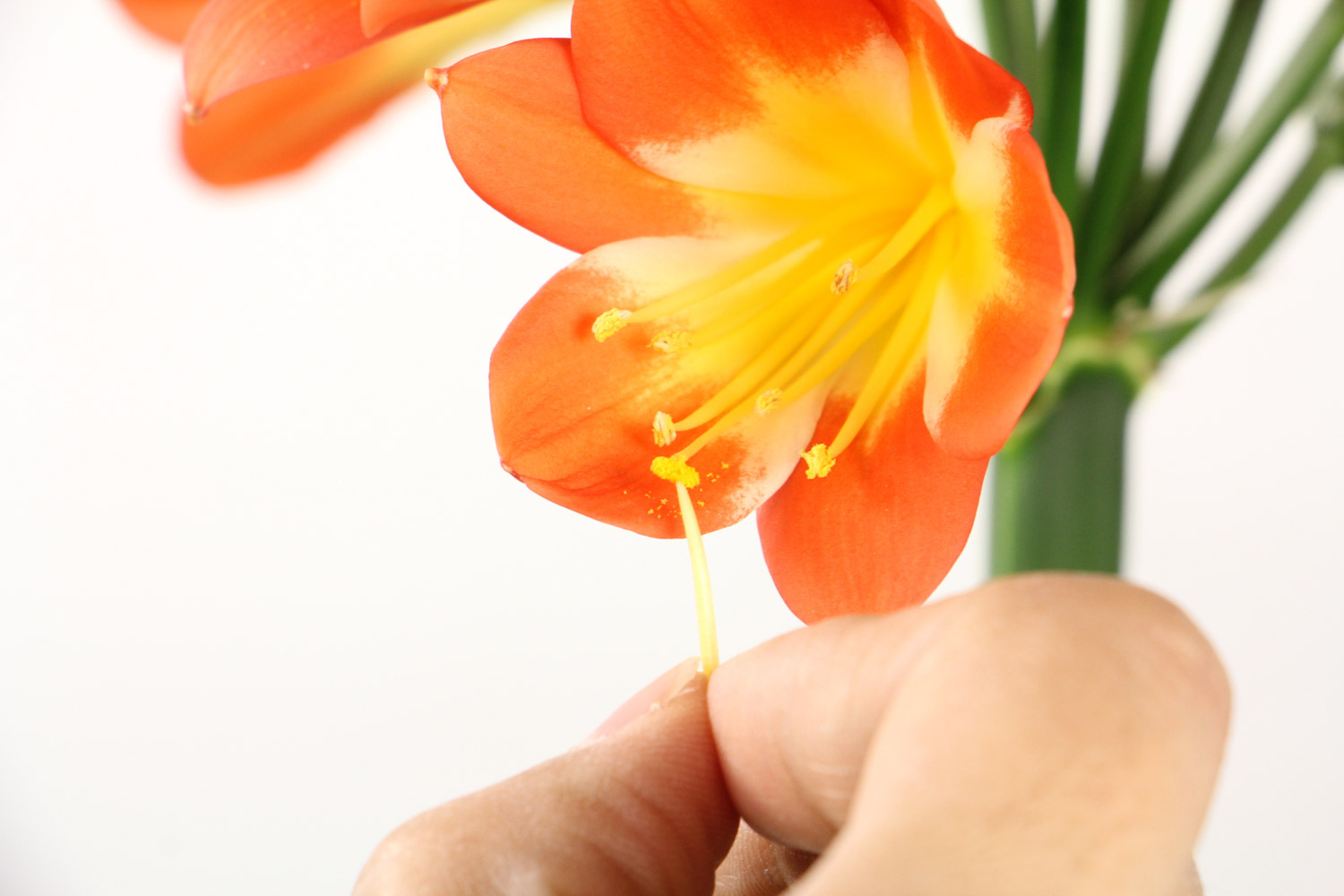
Watering method
For the cultivation of Clivia in the south of Jiangxi Province, it is necessary to create a suitable growth environment for Clivia in summer. It is best to set air conditioning for indoor potting to cool down. If there is no air conditioning equipment, it can be placed in the indoor ventilation place, spray water on the flowers and leaves every day, and water the basin soil once every 3-5 days. This can keep the flowers and leaves fresh and prevent root rot due to water loss
For open-air cultivation, shade shed shall be set up in high-temperature season to make it receive scattered light irradiation. At the same time, pay attention to increasing environmental humidity to avoid plant damage caused by dry environment

 how many times do yo...
how many times do yo... how many planted tre...
how many planted tre... how many pine trees ...
how many pine trees ... how many pecan trees...
how many pecan trees... how many plants comp...
how many plants comp... how many plants can ...
how many plants can ... how many plants and ...
how many plants and ... how many pepper plan...
how many pepper plan...

